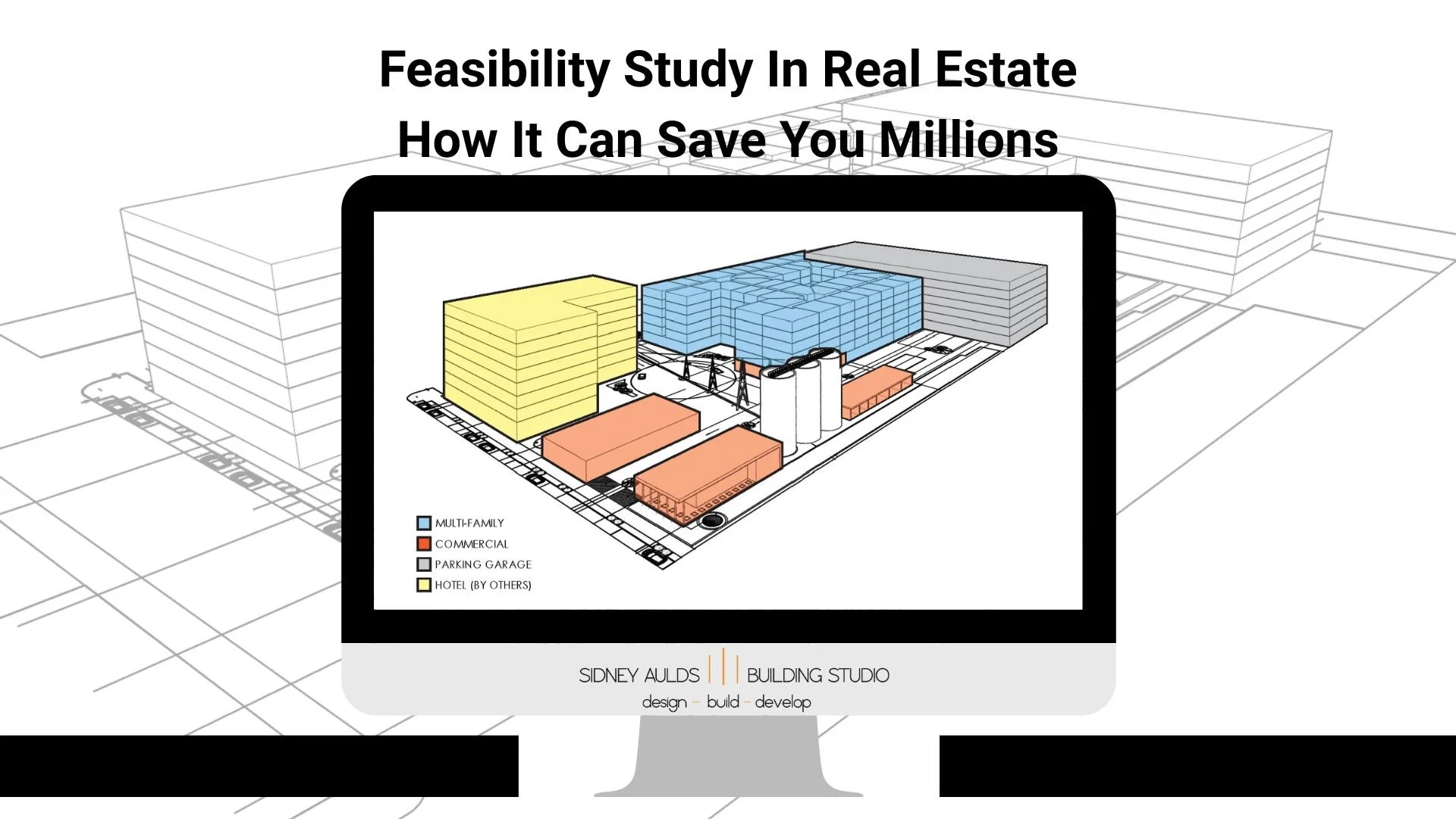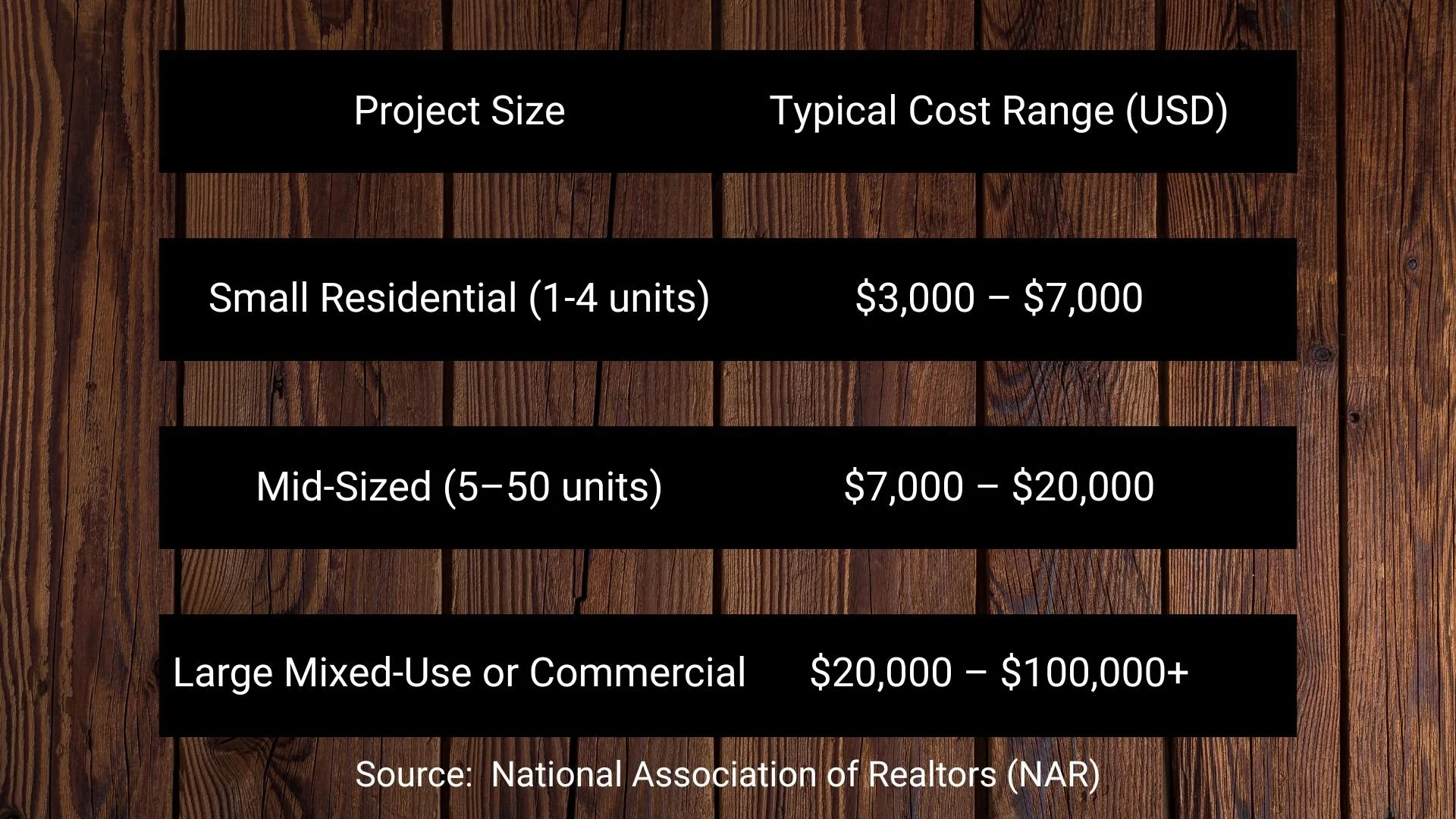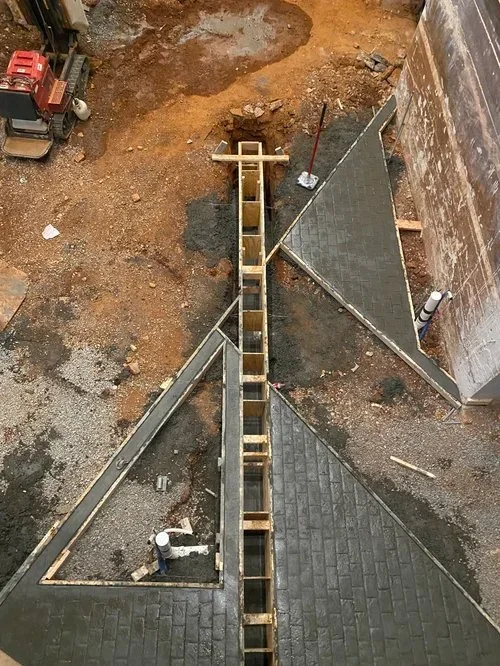Why a Feasibility Study in Real Estate Development Can Save You Millions
Feasibility Study in Real Estate is a term you’ll frequently hear if you're involved in property development, investment, or even urban planning. Whether you're a seasoned developer or a new investor in the US real estate market, conducting a thorough feasibility study can mean the difference between a profitable venture and a financial setback.
This article dives into the nuts and bolts of what a feasibility study in real estate really entails, why it's essential, how much it costs, and how to ensure it’s done right.
What Is a Feasibility Study in Real Estate?
A feasibility study in real estate is a comprehensive analysis performed before moving forward with a property development project. Its primary objective is to evaluate the viability—financial, legal, environmental, and technical—of a proposed project.
According to the Urban Land Institute, such studies typically include:
Market feasibility: Will there be enough demand?
Financial feasibility: Can you make a profit?
Technical feasibility: Can the project be physically built?
Legal feasibility: Are zoning, land use, and permits aligned?
These components ensure that any real estate development feasibility study provides a 360-degree view of the project’s potential success.
Why Conduct a Real Estate Feasibility Study in the US Market?
The U.S. real estate market is vast and diverse, ranging from booming urban centers like Austin, TX, and Charlotte, NC, to emerging suburban hotspots in states like Idaho and Tennessee. Every market behaves differently, making a cookie-cutter approach ineffective.
In markets like New York or Los Angeles, high land costs and strict regulations necessitate more detailed feasibility studies that real estate professionals can provide. In contrast, states with more relaxed regulations may have different constraints, like infrastructure or utilities, that require attention.
Without a feasibility study, developers risk:
Overestimating demand
Misunderstanding zoning laws
Underestimating construction costs
Failing to secure financing
Key Components of a Real Estate Development Feasibility Study
A real estate development feasibility study typically includes the following:
Market Analysis
Population growth trends
Demographics
Competitor analysis
Demand and supply forecasts
Site Analysis
Topography and soil testing
Accessibility to roads and utilities
Environmental risks (e.g., flood zones)
Zoning and Legal Compliance
Zoning classification
Permitting requirements
Deed restrictions
Environmental compliance (EPA guidelines)
Financial Projections
Development costs (land, construction, legal, taxes)
Expected revenue (rents or sales)
ROI, IRR, and break-even analysis
Sensitivity analysis for economic changes
Construction and Design Feasibility
Building code adherence
Material availability and costs
Labor costs and timelines
Real Estate Feasibility Study Cost in the US
One of the top concerns for developers is the real estate feasibility study cost. While the cost can vary depending on the size and complexity of the project, here are general guidelines:
Keep in mind that cutting corners on the feasibility study can lead to significant losses during construction or post-completion.
When Should You Commission a Feasibility Study of a Real Estate Project?
Ideally, a feasibility study of a real estate project should be conducted before any land purchase, architectural design, or funding application. It's part of the pre-development phase and acts as your go/no-go decision tool.
Who Conducts a Feasibility Study in Real Estate?
These studies are usually conducted by:
Architects
Real estate economists
Urban planners
Engineers
Local real estate brokers (for market insights)
You can also hire integrated development firms that offer end-to-end solutions, including the real estate feasibility study.
What Data Sources Are Used in a Feasibility Study?
Accurate data is the backbone of any strong feasibility analysis. U.S.-based studies often pull information from:
U.S. Census Bureau (demographics)
HUD (Housing and Urban Development) guidelines
Local municipalities (zoning laws)
Realtor.com, Zillow (market trends)
National Association of Home Builders (construction cost benchmarks)
How Long Does a Feasibility Study Take?
On average, feasibility studies take:
Small projects: 2–4 weeks
Mid-size developments: 1–2 months
Large-scale developments: 3–6 months
Factors that influence timelines include site accessibility, data availability, and the number of stakeholders involved.
Benefits of Conducting a Feasibility Study in Real Estate
Reduces Investment Risk
A feasibility study helps identify potential pitfalls before capital is committed. From hidden zoning restrictions to inflated market expectations, this process minimizes costly surprises. By evaluating all angles—legal, financial, environmental, and technical—a well-executed feasibility study gives stakeholders a clear understanding of risks and outlines strategies to mitigate them.
Attracts Investors and Lenders
Investors and financial institutions demand certainty. A comprehensive real estate feasibility study demonstrates due diligence and strategic planning, increasing trust and credibility. When you present a detailed feasibility report with solid projections and realistic assumptions, you’re more likely to secure financing or bring in equity partners.
Improves Design and Planning
Feasibility studies uncover crucial site-specific and market-driven data that inform smarter design choices. For example, understanding local demand might lead to smaller units, shared amenities, or mixed-use layouts. The result? A project that aligns with actual market needs rather than theoretical assumptions, ensuring a project’s success .
Ensures Regulatory Compliance
Zoning, building codes, environmental laws, and permitting processes vary widely across municipalities in the U.S. A feasibility study includes a legal and regulatory review to ensure your project won’t be stalled or shut down due to non-compliance. This step helps avoid expensive redesigns or legal battles later in the process.
Optimizes Resource Allocation
With a clear roadmap in hand, developers can allocate time, budget, labor, and materials more efficiently. Knowing which aspects of the project require higher investment and which can be streamlined leads to better use of resources. This proactive planning enhances operational efficiency and supports timely project completion.
How to Choose a Consultant for Your Feasibility Study Real Estate Project
Choosing the right consultant is one of the most critical steps in ensuring the success of your feasibility study real estate project. A well-qualified expert will not only conduct a thorough analysis but also provide strategic insights that can shape the future of your development. Here's what to look for:
Proven Experience in Similar Property Types
Every real estate project is unique—residential, commercial, industrial, or mixed-use—each comes with its own challenges. Choose a consultant with a track record of success in your specific property type. Their previous experience will allow them to anticipate potential roadblocks and recommend proven solutions tailored to your project.
Deep Knowledge of Local Regulations and Zoning Laws
Real estate is highly localized. A consultant who understands the ins and outs of your project’s city, county, or state regulations is essential. They should be familiar with local zoning codes, environmental restrictions, permitting timelines, and development incentives. This local expertise helps you avoid regulatory delays and capitalize on available opportunities.
Access to Reliable and Up-to-Date Market Data
Accurate data is the foundation of a strong feasibility study. Your consultant should use current, reputable sources for market research, such as MLS databases, city planning departments, economic development agencies, and demographic tools like the U.S. Census Bureau. The more robust the data, the more reliable your projections will be.
Transparent and Competitive Pricing
Feasibility study costs can vary significantly. A trustworthy consultant will offer clear pricing structures, explain what’s included in each phase of the study, and avoid hidden fees. Ask for a detailed proposal upfront, and don’t hesitate to compare quotes from multiple firms.
Strong Reputation and Positive Client Testimonials
Look for consultants with verifiable client reviews, case studies, or references. Positive feedback from previous clients can give you confidence in their communication skills, attention to detail, and ability to deliver results on time and within budget. Don't be afraid to reach out to past clients directly to hear about their experience.
FAQs
What is the purpose of a feasibility study in real estate?
It evaluates the viability of a real estate project across financial, legal, market, and technical dimensions to ensure it is profitable and compliant.
How much does a real estate feasibility study cost?
Costs can range from $3,000 for small residential projects to over $100,000 for large commercial developments.
Who should conduct a feasibility study?
Architects, development firms, or certified urban planners with local market experience should perform the study.
Is a feasibility study required by law?
Not usually, but lenders, city officials, and investors may require it before project approval.
How long is a real estate feasibility study valid?
Typically 6–12 months, depending on market volatility and regulatory changes.
Can I do a feasibility study myself?
You can attempt it, but given the complexity, hiring experts is highly recommended for accurate and reliable results.
Conclusion
Investing in a feasibility study in real estate isn't just a best practice—it’s a necessity in today’s competitive and regulated market. Whether you're planning a luxury condo in Denver or a strip mall in suburban Madison, the upfront investment in feasibility will protect you from costly mistakes, regulatory missteps, and financial underperformance.
With the right expertise and timely execution, your real estate feasibility study becomes a blueprint for success.








